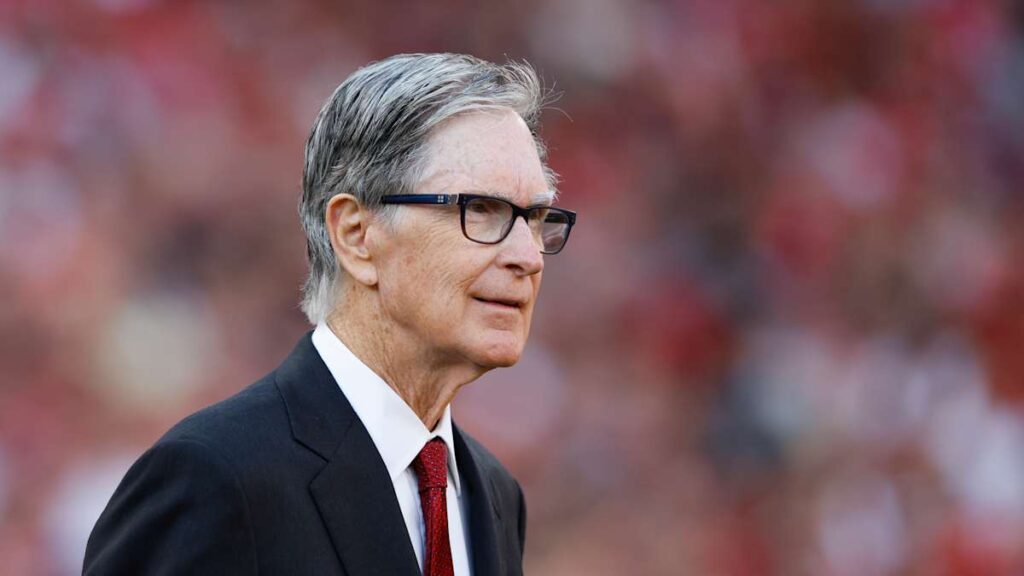The Red Sox’s reported final offer for Juan Soto was, by all accounts, a John Henry special. While the specifics remain shrouded in the typical secrecy surrounding baseball negotiations, the whispers and leaks paint a picture of a bid that was both ambitious in its scope and meticulously calculated, yet ultimately fell short of the Washington Nationals’ expectations – a characteristically Henry-esque approach to high-stakes acquisitions.
Henry, the principal owner of the Red Sox, has a reputation for a pragmatic, almost miserly, approach to spending, juxtaposed with occasional, high-profile splurges. He’s built a dynasty on shrewd drafting and smart trades, complementing this strategy with carefully considered free-agent signings. This approach has yielded World Series titles, but also periods of relative frugality, leading to criticism of a lack of consistent aggressiveness in pursuing top-tier talent. The Soto pursuit perfectly embodied this duality.
The reported offer, rumored to center around a package of highly-regarded prospects, likely lacked the “wow” factor that the Nationals were seeking. While the Red Sox’s farm system boasts talent, the team is known for valuing its prospects highly and is reluctant to part with its top tier. This suggests that Boston’s offer, while perhaps competitive in terms of perceived overall value, likely didn’t include the absolute crown jewels of their prospect pool – a crucial difference-maker in a trade of this magnitude.
It’s plausible that the Red Sox offered a blend of high-ceiling and high-floor prospects. They might have included a player near the top of their rankings, but avoided parting with their absolute best, potentially a future ace or a surefire everyday player. This strategy, while fiscally responsible, could have been interpreted by the Nationals as lacking the necessary commitment to truly acquiring a generational talent like Soto. Washington, seemingly intent on maximizing their return, was likely holding out for a package that included a guaranteed future star, a prospect with an almost certain trajectory to becoming an elite player in the major leagues.
The offer might have also incorporated a creative structure, a hallmark of Henry’s negotiation style. This could have involved deferred payments, player options, or performance incentives, further complicating the already intricate process. Such clauses, while potentially beneficial to the Red Sox in the long run, could have been seen as overly complex or lacking the immediate impact the Nationals desired. The urgency of Washington’s rebuild likely favored a straightforward, impactful package, minimizing risk and maximizing immediate return.
Furthermore, the Red Sox’s current roster composition likely influenced their offer. While they need offensive firepower, they also possess existing talent at several positions Soto plays. This might have led them to be less aggressive in offering players who fill similar roles within their organization, leading to a package that was less enticing to the Nationals. Their current payroll situation also plays a role. While Henry has shown a willingness to spend when necessary, he’s also known for his dedication to fiscal prudence, a factor that undoubtedly limited their willingness to include significant major league salaries in the deal.
The reported lack of a top-tier, can’t-miss prospect in the Red Sox’s offer is crucial. Other teams, like the Padres, reportedly offered a package that included such a prospect, instantly shifting the scales in their favor. This highlights the difference between a competitive offer and one that genuinely satisfies a seller aiming for the best possible return on a player of Soto’s caliber. The Red Sox’s approach, while financially sound, lacked the decisive, all-in element necessary to sway the Nationals.
In conclusion, the Red Sox’s reported final offer for Juan Soto was a testament to John Henry’s strategic approach: calculated, balanced, and ultimately, insufficient to secure the services of a generational talent. While the offer likely contained valuable pieces, its lack of a clear, undeniable centerpiece – the kind of untouchable prospect that could change the course of a franchise – ultimately proved insufficient to overcome the allure of a more aggressive, less hesitant bid from another club. The episode reinforces Henry’s reputation: a shrewd negotiator who prioritizes long-term financial stability, sometimes at the cost of immediate, high-impact acquisitions. The Soto saga underscored the fine line between intelligent spending and the bold moves required to win in the cutthroat world of Major League Baseball.

